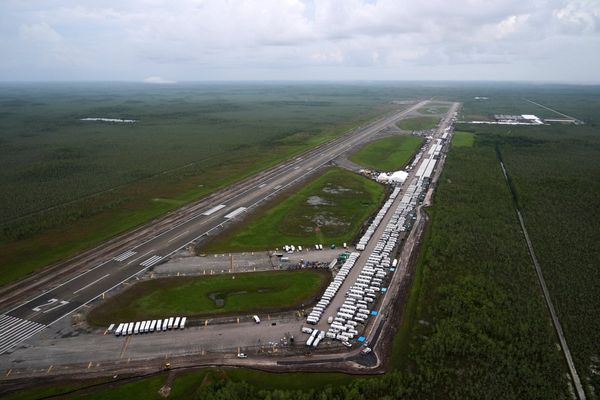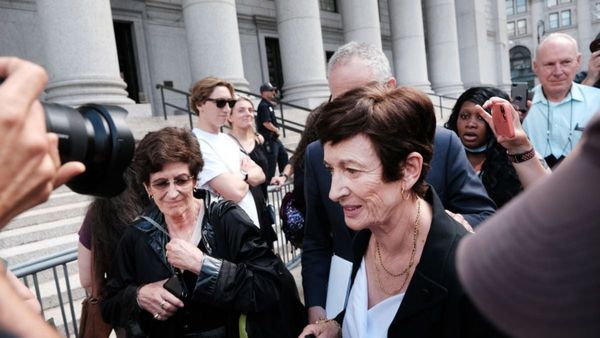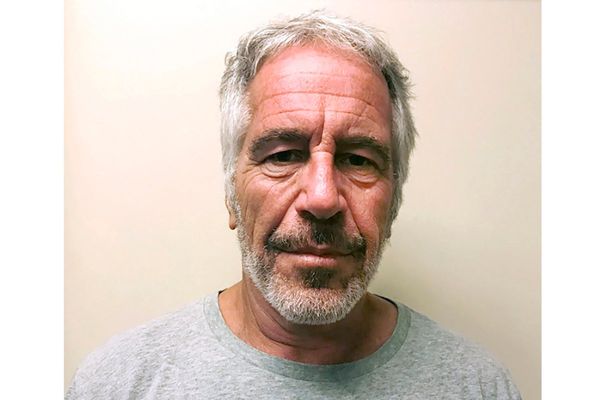
ORLANDO, Fla. — Florida’s Big Bend is one of the last truly natural places in the state. It’s not Disney World, it’s not South Beach. This is where people go to hunt alligators, fish for tarpon and search for scallops in the shallow waters. Now it’s in the bull’s-eye of a major hurricane.
The Big Bend is where the peninsula merges into the Panhandle, just southeast of the capital, Tallahassee, and well north of the Tampa metro area. Hurricane Idalia would be the first major storm to hit there since Hurricane Easy in 1950, according to the National Hurricane Center.
This is where people go to appreciate nature and be left alone.
“The counties of Florida’s Nature Coast believe that many people — our residents, and those who travel here from far away — think having a good time involves more than expensive restaurants, theme parks, and crowded beaches,” a website devoted to the region says.
“When you want to get away, we have what you’re looking for. Forests to explore, blackwater rivers and crystal clear spring-fed streams to paddle, secluded spots to camp, and trails to ride and hike,” the website says. The counties in the region have more than 1 million acres of unspoiled land.
The National Weather Service in Tallahassee called Idalia “an unprecedented event” since no major hurricanes on record have ever passed through the bay abutting the Big Bend region.
Idalia is projected to come ashore somewhere in this remote region Wednesday, possibly as a Category 3 hurricane with winds of 129 mph or higher. It’s a low-lying marsh area that is now facing predicted storm surge of up to 15 feet. There are populated areas in the region, including Gainesville, where the University of Florida canceled classes through Wednesday.
President Joe Biden said he’s been in “constant contact” with Gov. Ron DeSantis — who is running to replace him — and other federal and state officials about the storm’s possible impact.
“I think we’re worried about the surge, the ocean surge. We don’t know exactly. It’s hour to hour. We’re watching this,” Biden said from the Oval Office on Tuesday. “But I told the governor and the mayor of the region that’s likely to be hit first that we’re there as long as it takes and make sure they have everything they need.”
Because of the unique shape of the Big Bend coastline, Idalia “is going to bring some pretty massive storm surge,” said University at Albany atmospheric scientist Kristen Corbosiero. “The water can get piled up in that bay. And then the winds of the storm come around, they go around counter-clockwise, that’s going the same direction, the same shape of the bay so that water can just get pushed in there.”
Some people didn’t plan to heed warnings from officials to evacuate. Andy Bair, owner of the Island Hotel in Cedar Key, said he intended to “babysit” his bed-and-breakfast, which predates the Civil War. The building has not flooded in the almost 20 years he has owned it, not even when Hurricane Hermine flooded the city in 2016.
“Being a caretaker of the oldest building in Cedar Key, I just feel kind of like I need to be here,” Bair said. “We’ve proven time and again that we’re not going to wash away. We may be a little uncomfortable for a couple of days, but we’ll be OK eventually.”







